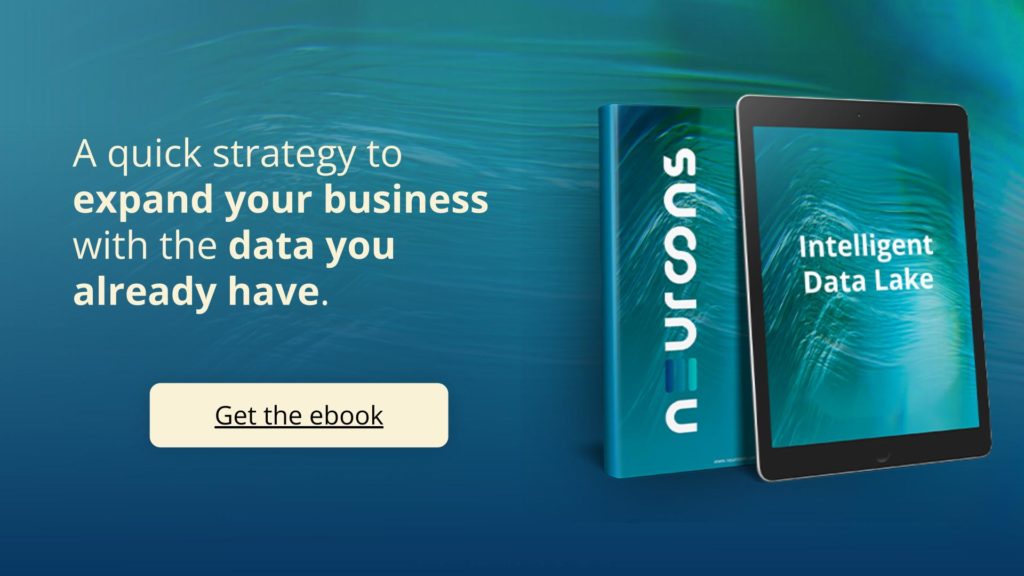The raise of new technologies and the COVID crisis, have pushed the insurance industry and insurtech companies to strengthen their focus on the customer and digital transformation. These are just some of the new insurtech trends that are raising in the new social context and that we’ve put together for you in this post.

Insurtech companies continue to be well placed to benefit from the acceleration of digitisation initiatives across many industries, caused in part by the coronavirus pandemic. It has helped them to keep attracting investment from larger insurance companies struggling to innovate their own operations and services.
The insurance industry, like many others, has benefited from the digitalization initiated in the wake of the Covid19 pandemic.
This in turn has helped attract investors to the sector, which continues to focus on growth and innovation.
Here are some podcasts from the sector so that you can find out more information:
Insurtech Perspectives with bolt
The following is a review of the technologies that are modernizing the sector and those that will shape the future in the coming years.
Artificial intelligence (AI)
AI automates human functions for quicker and more accurate responses. For example, an AI-powered chatbot may help a potential customer navigate through a site and settle on a product. AI can track, analyze and automate human actions to provide faster and more accurate responses.
A very clear example are chatbots. It can help a customer navigate to the right websites or find the best deals.
Another example would be a predictive service churn prevention model. Using data and AI techniques, identify the main variables that characterize customers who are likely to abandon a service. This is already being used by some companies today.
Artificial intelligence is undoubtedly a vital part of insurtech trends to understand the market and the opportunities.
Internet of Things (IoT)

Analysis of all data collected by internet-connected devices can be used for risk analysis and improvement of offerings. The more data you are able to collect and analyze, the more accurate the predictions you will be able to make.
With the analysis of individualized data it is possible to offer more personalized offers to each customer.
IoT aand IOB (internet of behaviours) allows insurers to make more accurate decisions quicker than traditional claims.
For example, is the use of smartwatches to collect health data and offer discounts to customers for doing so. We explain more about the IoB in this article.
Blockchain
The insurance sector is already using blockchain-based transaction technology and continues to develop it.
From reducing administrative costs, to verifying payments made by third parties, to installing layers of fraud protection.
The technology can also be used to streamline claims processing, boost cybersecurity protocols or even speed up payment times.
Drones represent insurtech trends in the air
Insurance companies use drones in aerial surveys to inspect properties in hazardous areas, such as those prone to earthquakes, liquefaction, erosion or storm damage.
Insurers can also use drones to inspect and document locations where buildings or vehicles have been involved in accidents.

Data analytics
With data analytics, insurance companies can gain a better understanding of customer needs and specific products and services. They can also process claims quickly and personalize marketing for each customer. This gives them a competitive advantage over other insurers.
In this ebook we explain how to take advantage of data to make strategic decisions.

Customer experience becomes a central trend for insurtechs
Improving the user experience is one of the central axes of insurtech development.
As in other sectors, the customer has become one of the main focuses of the most successful companies.
Payment solutions
New payment methods make it possible to automate many processes. Payment solutions digitise systems and enable customers to make payments easily. This automation and simplicity helps to improve the customer experience and is one of the most important insurtech trends we’ll find this year.
Establishment of insurance premiums
Technology solutions allow agents to simply upload information into the system and obtain a pre-approved quote. This reduces waiting time for both the agent and the customer, who may be evaluating multiple options.
Verification of Customer Identity
The customer verification process is often a tedious process for both parties.
Some insurance companies have used blockchain to develop a software prototype that stores customer identification data from issuing authorities. This allows an insurance company, reinsurer or reinsurer to have complete control over all customer records.
Claims management
Companies can use blockchain technology to create a standardised claims document, evaluated by underwriters in real time. They can also automate the elements of the smart contract, ensuring that its execution is flexible and transparent. This strengthens relationships between customers and insurers.
Smartphone apps, one of the most spread insurtech trends
As the mobile market is growing at a very fast pace, insurance companies must adapt to these consumption patterns.
An app can solve many time-saving problems by providing the information that customers are looking for and that is not always available on the web.
A sort of insurance on demand.
In addition, marketing technology and interactive features can be incorporated into the app so that quotes and purchases can be made on the app.

More insurtech trends based on new technologies
Insurance on demand
Insurance on demand is distinguished by its flexibility and the possibility of being contacted at any time and in any place.
This is in addition to the fact that a large number of new variables of goods and services to be insured can be added in a personalised way.
Their central characteristic is that the insured can self-manage, being able to activate or deactivate their policy at any time.
UBI insurance
Usage-based-Insurance, which calculates the price of the premium according to the use of the insured object, based on parameters such as the time of use or the use (responsible or appropriate) made of it.
Insurance as a Service
The main characteristic of this new Insurtech trend is that it is not insurance companies that offer insurance on their platforms. They are alliances between them by a third party that compares and provides details of each of them.
Insurtech trends and climate change
The reality of climate change and the need to increase resilience to extreme weather events is becoming a hot topic for the insurance industry.
As a result, more and more insurers are concerned about their commitment to climate change.
We are looking beyond disaster recovery from an investment perspective by adopting environmental, social and governance (ESG) strategies. Developing solutions that provide protection against climate-related events.
As well as providing investment capacity to transition to a more sustainable economy and offering risk management expertise to raise awareness, reduce exposure and increase resilience.
The new mainstream: insure-anything

It is no longer only possible to take out insurance for a car or a house. The trend is to be able to take out a policy for any valuable object you use on a daily basis.
As a general rule, it is possible to ensure the following
- Material things or immaterial things (economic damage due to stoppage of an activity, etc.).
- That they exist at the time of the contract, or at least at the time when the risks begin to manifest themselves.
They must be assessable in money. - It must be subject to lawful valuation.
- It must be exposed to loss due to the risk run by the insured.
Short term insurance is a insurtech trends
Insurance no longer has to be for a year or months. The trend is to create insurance for much more specific periods of time, even hours.
Some of these insurances may have special features.
For example, they can cover periods of unprotectedness between policies.
P2P Insurance
In an increasingly connected world, people with similar lifestyles will be able to insure themselves together. This allows them to minimize the risks that lifestyle brings.
Is therefore a risk-sharing network in which a group of people pool their premiums to insure against a risk.
Also, peer-to-peer insurance mitigates the conflict that inherently arises between a traditional insurer and a policyholder when an insurer keeps the premiums it does not pay in claims.
Cyber Insurance, a key addition to the list of insurtech trends

The rise of remote working has provoked numerous waves of phishing and different cyber-attacks on companies in our country with different objectives such as the theft of money, information, cyber-espionage, paralysis of activity or reputational damage. Consequently, in some companies, these cyber-attacks can lead to the total closure of their activity.
Cyber insurance or cyber risk insurance, covers the needs arising after a cyber-attack. As a consequence of the new context, there is no doubt that this is a new addition to the list of insurtech trends.
Therefore, cyber-safe is an insurance policy that helps protect organisations from the consequences of cyber attacks and hacking threats.
In addition, having a cyber insurance policy in place can help minimize business disruption during a cyber incident and its aftermath. It also potentially covers the financial cost of some elements of dealing with and recovering from the attack.




